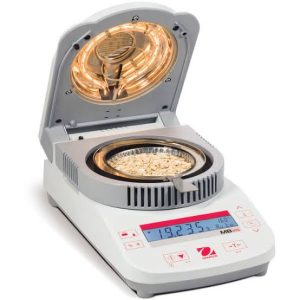Description
LDFT Calculations (Density Functional Theory calculations) are a powerful computational chemistry technique used to investigate the electronic structure of atoms, molecules, and solids. They help predict molecular properties, reaction mechanisms, spectra, and material behavior at the quantum level with relatively lower computational cost compared to other quantum methods like wavefunction-based approaches.
???? What is DFT?
-
Density Functional Theory models the electronic structure by using the electron density as the fundamental variable rather than the many-electron wavefunction.
-
It approximates the complex many-body problem of interacting electrons with functionals (functions of functions) of the electron density.
-
Commonly used to calculate ground state energies, optimize geometries, predict vibrational frequencies, electronic spectra, and reaction pathways.
⚙️ Key Concepts
| Concept | Description |
|---|---|
| Electron Density (ρ) | Central variable, electron distribution in space. |
| Kohn-Sham Equations | Self-consistent equations to solve for orbitals. |
| Exchange-Correlation Functional | Approximations capturing electron interactions (e.g., LDA, GGA, hybrid functionals). |
| Basis Sets | Mathematical functions used to describe orbitals (e.g., STO-3G, 6-31G*, cc-pVDZ). |
| Geometry Optimization | Finding minimum energy structure by adjusting atomic positions. |
| Frequency Calculations | Verify minima and predict vibrational spectra. |
???? Typical Workflow
-
Choose a molecule or material structure.
-
Select a functional (e.g., B3LYP, PBE, M06).
-
Choose a basis set (e.g., 6-31G*, def2-TZVP).
-
Run geometry optimization to find stable structure.
-
Calculate properties: energies, HOMO-LUMO gaps, spectra, charge distributions.
-
Analyze results and compare with experiments or other theories.
???? Applications
-
Predicting molecular geometries and energies
-
Studying reaction mechanisms and transition states
-
Calculating electronic, optical, and magnetic properties
-
Material design (catalysts, semiconductors, batteries)
-
Vibrational spectra simulation (IR, Raman)
-
Charge distribution and molecular orbitals analysis
???? Popular Software Packages
| Software | Notes |
|---|---|
| Gaussian | Industry standard, wide features |
| VASP | Plane-wave DFT for solids |
| Quantum ESPRESSO | Open source, plane-wave basis |
| ORCA | Free for academics, good for molecules |
| NWChem | Scalable for large systems |
| CP2K | Efficient for large-scale MD + DFT |
???????? Example DFT Calculation Setup (Gaussian Input snippet)
Tips for Effective DFT Calculations
-
Choose the right functional depending on the property studied (e.g., hybrid functionals for better accuracy).
-
Use dispersion corrections (e.g., D3) for van der Waals interactions.
-
Start with smaller basis sets for initial scans; use larger basis sets for final results.
-
Verify convergence criteria and check for imaginary frequencies to confirm stable geometries.
-
Utilize computational resources effectively—some calculations can be very demanding.
If you want, I can help with:
-
Setting up your first DFT input file for a molecule or material.
-
Guidance on choosing functionals and basis sets for specific applications.
-
Example scripts or workflows for popular DFT software.
-
Explaining how to interpret outputs like molecular orbitals or charge density.






Reviews
There are no reviews yet.